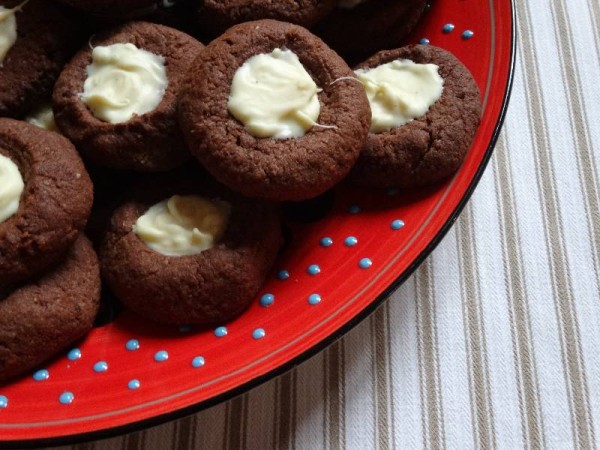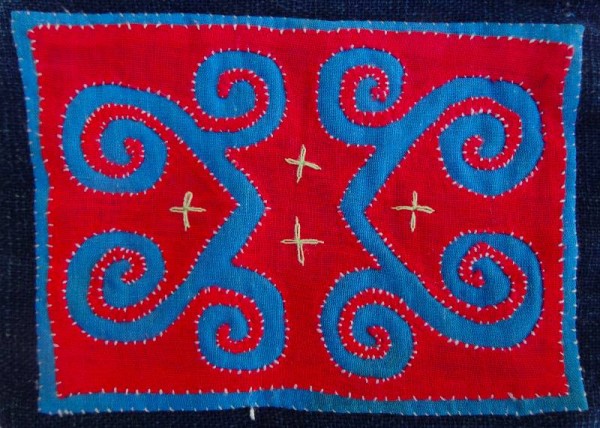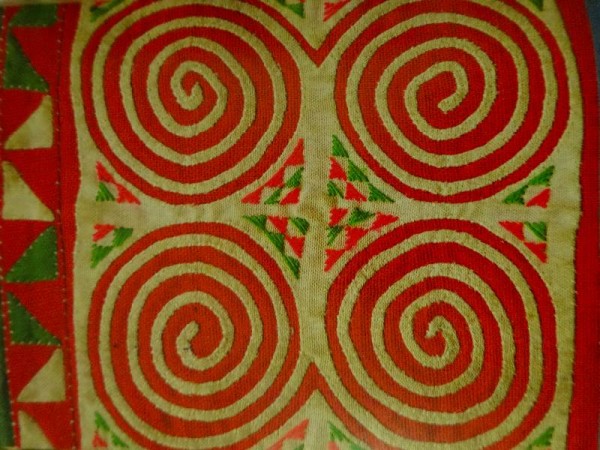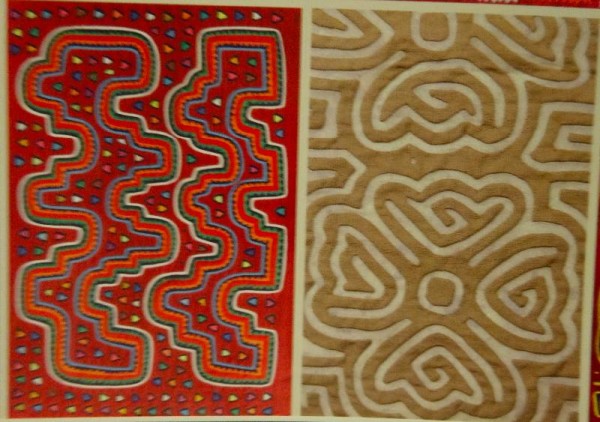I have yet to get back into the routine of baking biscuits for church on Sundays and this is my first effort since Christmas. The red spotty plate gives the biscuits a touch of Christmas, which is now long over and done with, but what with the recent torrential rain and the disruption this has caused to transport in and out of Oxford, I feel a splash of red is only too welcome. Dark days call for dark chocolate which gives the cookies a depth of flavour that complements (and even compliments) the ground nuts.
Ingredients
225 g/ 8oz softened butter
140 g/5oz caster sugar
1 egg yolk, lightly beaten
2 tsp vanilla extract
11o g/ 4 oz plain flour
11o g / 4 oz wholemeal flour
55 g / 2oz cocoa powder
55 g/ 2 oz ground almonds (or ground hazelnuts)
55g/ 2 oz plain chocolate chips
5o g / 1 3/4 oz white chocolate
Preheat oven to 190 degrees C/ 170 degrees C fan oven/375 degrees F/ Gas Mark 5.
Line 3 large baking sheets with baking parchment or wipe with Cake Release emulsion.
Beat softened butter and sugar until light and fluffy, then add the beaten egg yolk along with the vanilla extract. Next sift flour and cocoa into the mixture and then mix in the ground almonds and chocolate chips.
Take teaspoonfuls of the mixture, roll into balls and place on the baking tray. With your finger or the end of a wooden spoon make an indention in the middle of each ball and flatten it slightly. Bake in the preheated oven for 12-15 minutes.
When removed from the oven, press gently the indention made previously as it will have risen during cooking. Leave to stand on the tray for a couple of minutes, then remove with a spatula and put to cool on a wire rack. When completely cool put some melted white chocolate in the hollow.
These are deliciously short and melt on the tongue. I used white chocolate in the centre as I had to carry the biscuits to church. If eaten at home a softer centre of buttercream or Nutella might be good. A topping of half a glacé Morello cherry would also be a good foil for the dark chocolate.




